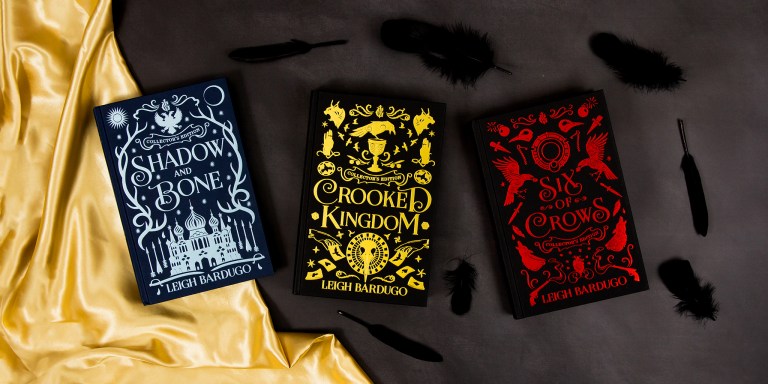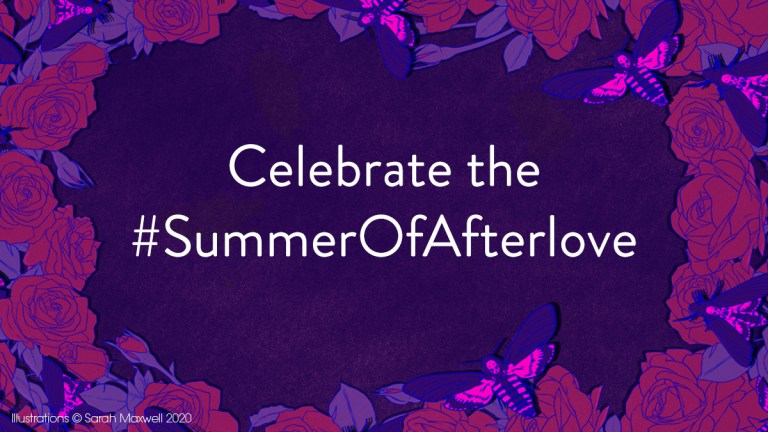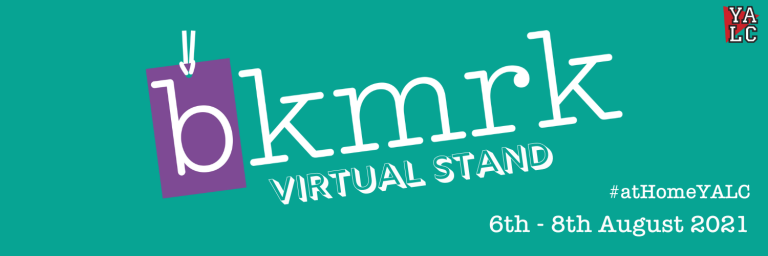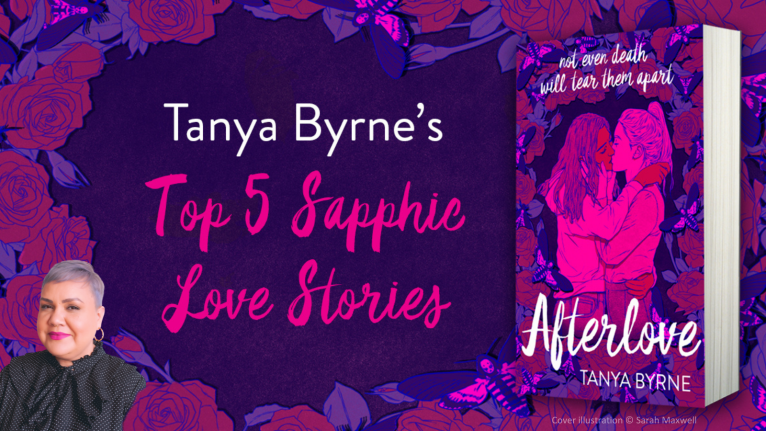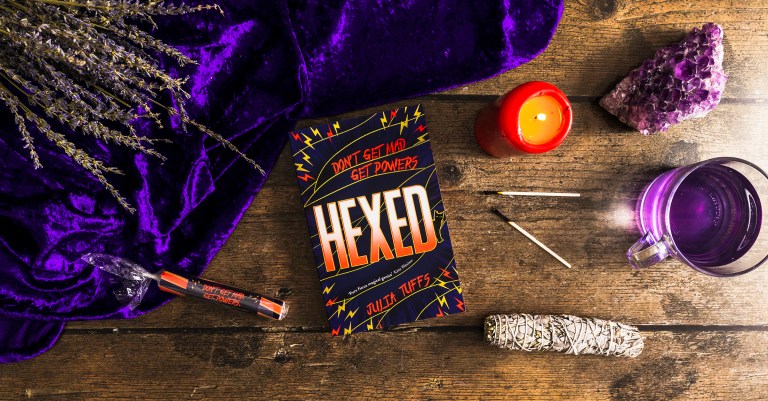Celebrating Black botanists – a guest blog from Splinters of Sunshine author Patrice Lawrence
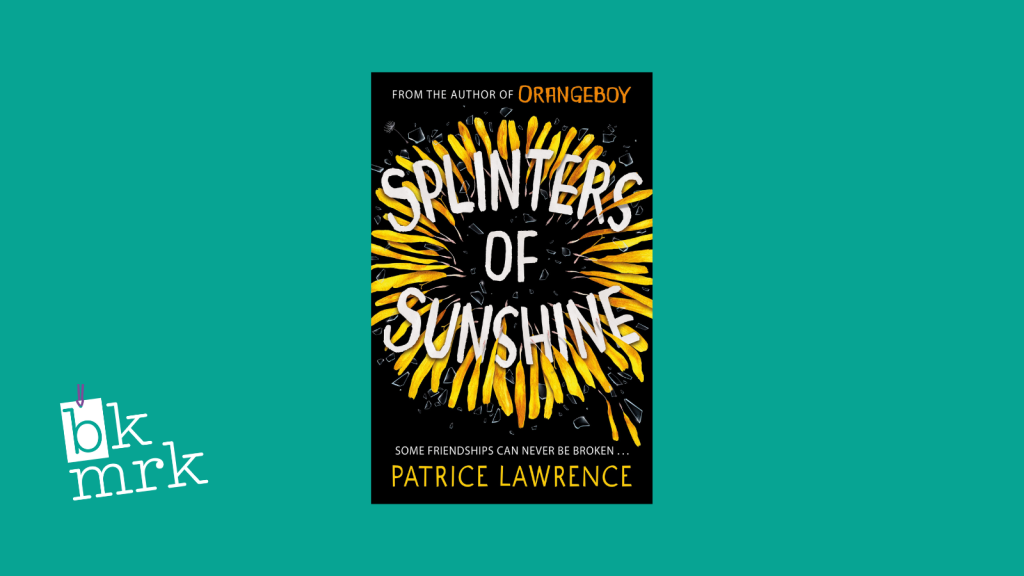
In celebration of Dee from Splinters of Sunshine…
It’s Black History Month and I want to talk – flowers. Not only flowers, but weeds, trees, fruit, vegetables and herbs. In Splinters of Sunshine, Dee struggles to be understood but she articulates herself eloquently through wildflowers. Why? Because when I was a child, I loved the worlds created in the exquisite illustrations of the flower fairies by Cicely Mary Barker. I would look for wildflowers in the woods and fields where I grew up in Sussex and again by the canals in east London. Just look at those names – burnet-saxifrage, rosebay-willowherb, adder’s-tongue – everyone can tell a story.
So, I would like to celebrate Black History Month by applauding our rich history of botany, herbalism, gardening and plant-collection.
First, Mary Seacole. Black History Month wouldn’t be Black History Month without a mention of Mary Seacole. I once went to visit my family in Trinidad while still fighting flu. My aunty knew exactly which plants should be boiled for tea to help heal me (and which to avoid because they – um – purged). Mary Seacole is remembered as the nurse who cared for wounded and ill soldiers in the Crimean War. She was also a doctress who learned about the healing qualities of plants from her mother in Jamaica.
Less famous, is Thomas Birch Freeman. He was born in Twyford, Hampshire, in 1809 and is mostly remembered for becoming a Methodist missionary, but prior to that he was a keen student of botany. He was head gardener at Orwell Park, near Ipswich and whilst in Ghana, corresponded with Sir William Hooker, the first director of Kew Gardens near London, about West African flowers and trees. Thomas’s life interests me for a couple of reasons. Firstly, it’s a reminder that Black people have been part of British society for centuries in many different roles. We also do not – and have not – always lived in cities. Rather than falling back on Martin Luther King Jr and Rosa Parks for Black History Month, I would urge schools to explore Black lives closer to home.
More information about Thomas can be found here.
Now is also a good time to reflect on The Unnamed. Portrait of a Black Gardener by Harold Gilman hangs in the Garden Museum on the south side of Lambeth Bridge in London. (The extensive grounds of Lambeth Palace are close by, but I’ve sadly never had a chance to peek at those.) The portrait was painted around the turn of the 20th century, though sadly, the model’s name is unknown.
There is a history of unknown, unnamed Black botanists and plant-finders in colonised African countries that is frequently unacknowledged. For instance, German-born naturalist and illustrator, Maria Sibylla Merian, was a rare 17th century independent female traveller to Dutch-colonised Suriname, searching for plants and insects. The names of the enslaved people forced to help her discover those plants will never be known.
Let’s also talk about Hans Sloane. His vast collection of over 71,000 objects helped found the British Museum, the British Library and the Natural History Museum. Sloane worked as a physician on plantations using enslaved labour in colonised Jamaica; he recorded plant specimens brought to him by enslaved Ghanian people. (The plant names are recorded; the names of the people who collected the plants are not.)
The Natural History Museum has conceded that many museums are founded on colonialism and exploitation. They cite Hans Sloane as a case study. You can read more here.
Time to come right up-to-date with Florence Headlam. I have to admit some bias here – Flo’s a friend. When, in 2016, Flo made her first appearance on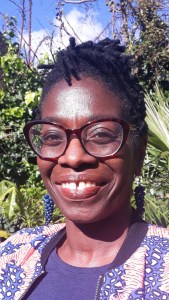 Gardeners World on BBC 2, there may have been whooping happening in our sitting room. There was definitely full-on cheering in Flo’s house, where, she reckons, around 60 friends and family members were crammed in front of the TV to watch her debut.
Gardeners World on BBC 2, there may have been whooping happening in our sitting room. There was definitely full-on cheering in Flo’s house, where, she reckons, around 60 friends and family members were crammed in front of the TV to watch her debut.
Flo was brought up in Lewisham in south London; her parents were born in rural Jamaica. Like my aunty in Trinidad, they came from an ethos of growing food. (It’s frustrating that Black people are still not associated with horticultural work when so many of the first generation of Caribbean people shared that experience.) After more than a decade working for a charity, Flo retrained as a gardener. Her first day as a self-employed gardener coincided with the 2012 London Olympics Ceremony… Flo met Danny Clarke aka The Black Gardener while shopping for plants in a nursery in Kent which eventually led to an audition for Gardener’s World and the absolute joy, for me, of seeing a Black woman designing gardens on a programme that I loved. You can see Flo back on TV on Garden Rescue in 2022. And what are her favourite plants? Verbena Bonariensis and viburnum davidii.
Finally, little is known about the life of John Ystumllyn, but what is known is important. He was an 18th century garden and the first recorded Black man in north Wales having been abducted from his home country in Africa as a child. His is also a story of love and survival and in this article, Zehra Zaidi, reckons that his name should be better known and his story is ripe for a re-telling.
Are you up for the challenge?
Looking for a soundtrack to your further reading? Look no further than Patrice’s brilliant, crowd-sourced, wildflower-inspired playlist! Find it here on Spotify

